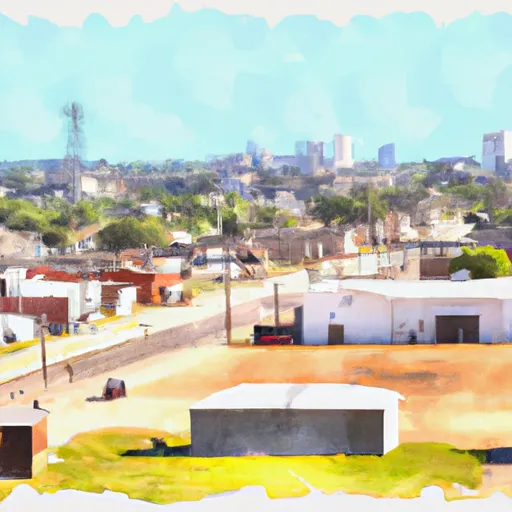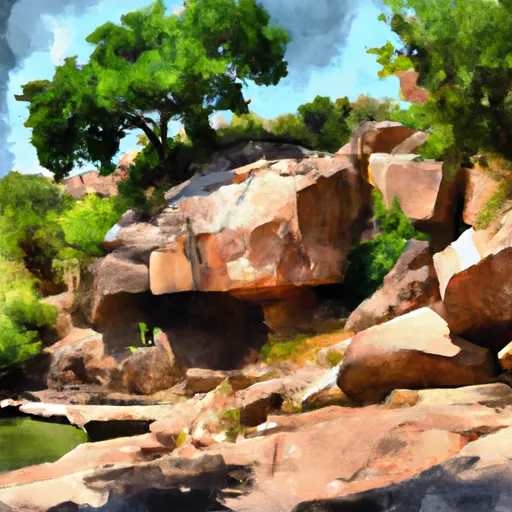°F
°F
mph
Windspeed
%
Humidity











Hobson, Texas is a small town located in Karnes County in the southern part of the state. The climate in Hobson is classified as humid subtropical, characterized by hot summers and mild winters. Summers are typically hot and humid, with temperatures often exceeding 90 degrees Fahrenheit, while winters are mild, with temperatures rarely dropping below freezing.
Hydrologically, Hobson is situated in an area with a mix of underground and surface water sources. The region is known for its Carrizo-Wilcox aquifer, which provides groundwater for both residential and agricultural purposes. Additionally, the nearby San Antonio River is a significant water resource for the area.
Outdoor recreation opportunities in Hobson are abundant. The town is surrounded by picturesque landscapes, including rolling hills and open fields, making it a great destination for hiking and biking enthusiasts. The San Antonio River also offers opportunities for fishing, boating, and kayaking. Nearby state parks, such as Choke Canyon State Park and Palmetto State Park, provide additional outdoor activities like camping, birdwatching, and wildlife viewing. With its favorable climate and diverse hydrology, Hobson offers residents and visitors ample opportunities to enjoy the great outdoors.
Weather Forecast
Hobson receives approximately 717mm of rain per year, with humidity levels near 83% and air temperatures averaging around 22°C. Hobson has a plant hardyness factor of 9, meaning plants and agriculture in this region tend to thrive here all year round.
Regional Streamflow Levels
7
Cubic Feet Per Second
13
Cubic Feet Per Second
17
Cubic Feet Per Second
83
Cubic Feet Per Second
Nearby Camping
| Camping Area | Reservations | Toilets | Showers |
|---|---|---|---|
| Turkey Bend - Lake Travis | |||
| Nasking Rec Military - Kingsville NAS | |||
| Emma Long Metropolitan Park | |||
| Muleshoe Bend - Lake Travis | |||
| Camp Mabry Military | |||
| John J. Sablatura Park |



